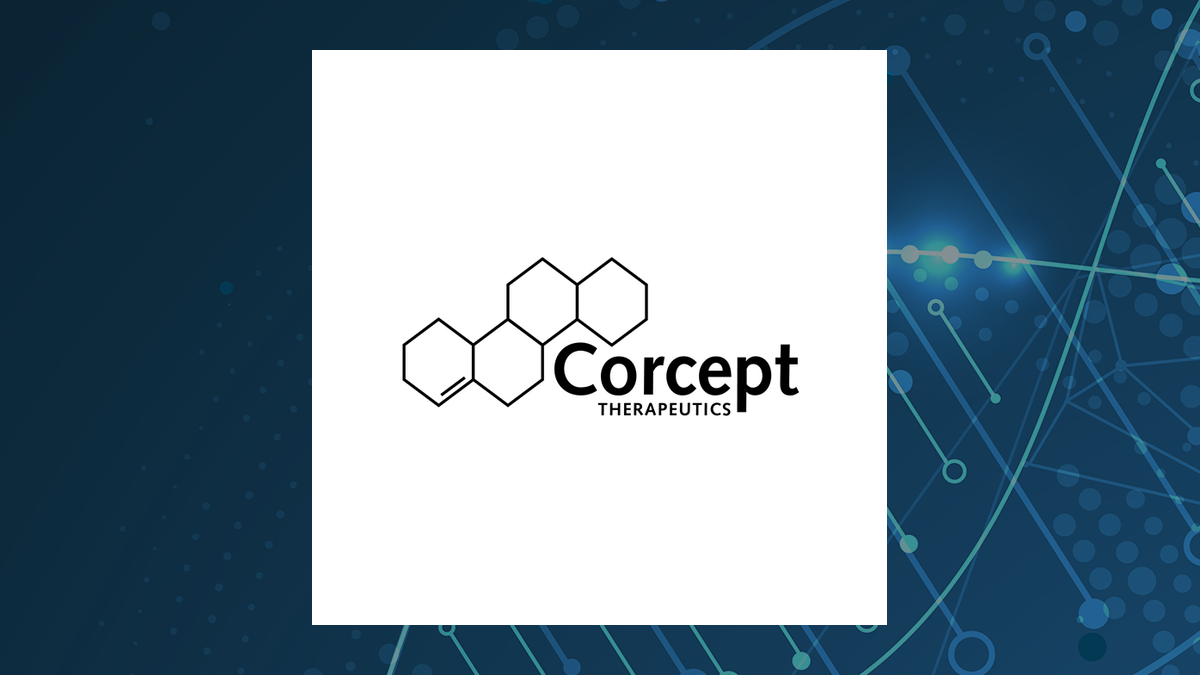The annual open enrollment period for Medicare Advantage plans started on October 15, 2023, and will last until December 7, 2023. During this window, millions of eligible individuals in the United States can select or switch their Medicare Advantage coverage. With more than 64 million beneficiaries relying on Medicare, the choices made during this period can significantly impact their healthcare options and financial well-being.
Medicare Advantage, a program managed by private insurers and approved by the federal government, has been marketed as an alternative to traditional Medicare. Proponents argue that these plans offer additional benefits, including vision, dental, and wellness programs, often at lower out-of-pocket costs. However, critics warn that the allure of these plans can lead individuals into a complicated web of coverage that may not meet their healthcare needs.
According to the Centers for Medicare and Medicaid Services (CMS), in 2023, approximately 47% of Medicare beneficiaries were enrolled in Medicare Advantage plans. This figure represents a significant increase from just 30% in 2010. The total expenditure for Medicare Advantage is projected to reach nearly $400 billion this year, highlighting the growing reliance on these private plans.
Understanding the Risks of Medicare Advantage
While the benefits of Medicare Advantage can be appealing, there are important considerations for potential enrollees. One major concern is the network limitations that many of these plans impose. Unlike traditional Medicare, which allows individuals to visit any doctor or hospital that accepts Medicare, Medicare Advantage plans often have specific networks. This restriction can lead to unexpected out-of-pocket costs if beneficiaries seek care outside their network.
Moreover, many Medicare Advantage plans require prior authorization for certain services, which can delay necessary treatments. These plans may also include higher costs for out-of-network care, which could deter beneficiaries from seeking the care they need. As a result, individuals must carefully review their plan options to ensure they align with their healthcare needs and preferences.
The open enrollment period serves as an opportunity for beneficiaries to reassess their Medicare Advantage choices, but the complexity of the plans can be overwhelming. Many individuals may feel pressured by aggressive marketing tactics from insurance companies, which can lead to hasty decisions. It is critical for consumers to take the time to compare plans, understanding the fine print and assessing their own health requirements before making a choice.
Key Considerations During Enrollment
As the enrollment window progresses, several factors can help beneficiaries make informed decisions. First, individuals should evaluate their current health status and anticipate any potential medical needs in the coming year. Reviewing past medical expenses can provide insight into whether a particular plan’s benefits are sufficient.
Second, beneficiaries should consider the total costs associated with each plan, including premiums, deductibles, and copayments. Understanding the total financial commitment is essential to avoid surprises later. Resources such as the official Medicare website can offer comparisons of available plans and their specific benefits.
Finally, individuals should seek assistance when needed. Organizations such as the State Health Insurance Assistance Program (SHIP) provide free counseling to help individuals navigate their options. This support can be invaluable, particularly for those who find the enrollment process daunting.
In summary, while Medicare Advantage plans offer various benefits that can enhance healthcare access, they also come with potential challenges. The open enrollment period is a crucial time for beneficiaries to carefully review their choices, ensuring they select a plan that meets their needs without falling into the pitfalls of overselling. As always, informed decision-making is key to securing the best possible healthcare coverage.







